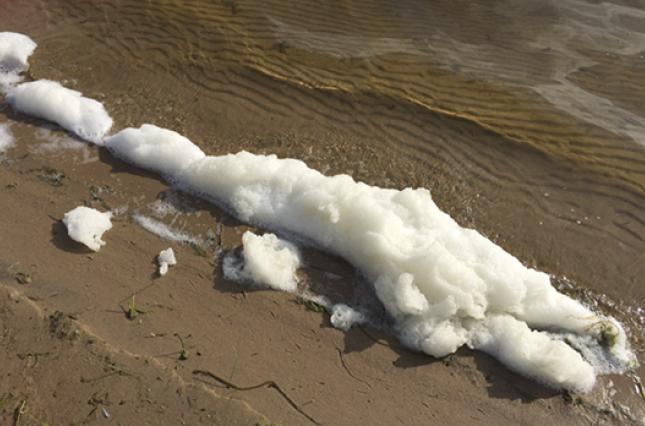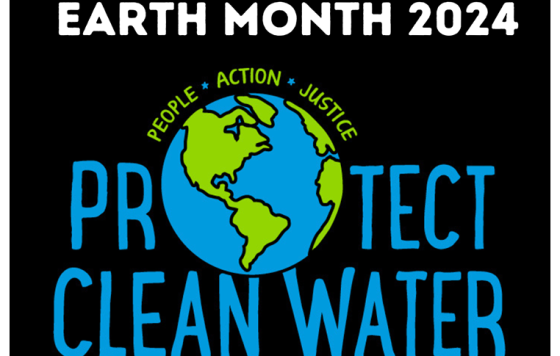
You’ve probably heard a bit about PFAS in 2018 – the State of Minnesota settled a lawsuit against 3M, the EPA held a controversial PFAS summit (throwing out some members of the press), and the Trump administration attempted to suppress new science on the chemicals’ effect on public health.
Here’s what you need to know about PFAS:
What are PFAS?
PFAS stands for per- and poly-fluoroalkyl substances. Until recently, most PFAS were commonly referred to as PFC, or per-fluorinated compounds. In order to be more accurate and inclusive of the whole class of chemicals, “PFAS” is now used by the scientific community and decision-makers. PFAS are characterized by a chain of fluorine-carbon bonds, which is among the strongest bonds in chemistry, leading to an incredibly stable chemical.
Why are we concerned?
The stability of PFAS means they are extremely persistent in our bodies and the environment. Some PFAS can last 8 years in our bodies, leading to an accumulation over time. Some of the most studied chemicals, PFOA and PFOS, will not naturally degrade in the environment. This has been evident in the case of 3M’s dumping sites in the East Metro – though 3M phased out the chemicals many years ago, there are still elevated PFAS levels in drinking water sources for miles around the old dump sites.
In addition, we are now beginning to understand the wide range of possible health effects from these chemicals, which include several types of cancer, elevated cholesterol, and changes to liver function. Only a few types of PFAS have been thoroughly studied, and the class contains potentially thousands of different iterations.
Where are PFAS, and how can we avoid them?
PFAS chemicals are known for creating a grease-, water-, or stain-resistant barrier when applied to a product, making them very useful. As such, you can potentially find them in many different places, including food packaging (grease-resistant paper plates or cardboard take out containers), upholstery and carpet treatments, and even high-performance weather gear. Usually exposure is a result of drinking water contamination, but PFAS can exist in household dust as well.
There are several ways you can reduce your exposure to PFAS. Reverse osmosis and activated carbon filters have been shown to reduce the levels of most fluorinated chemicals by a significant margin. This includes both large integrated filtration systems and smaller, less costly point-of-use filters. Households with infants or young children can reduce exposure by dusting more frequently and washing hands thoroughly before meals.
Where can I find out more?
The Minnesota Department of Health has a lot of information on their website, including studies on the efficacy of water filtration systems and more about potential health effects.
Sharon Lerner at The Intercept has a series of stories titled “The Teflon Toxin” (17 parts currently) that cover the issue extensively and in incredible depth.





